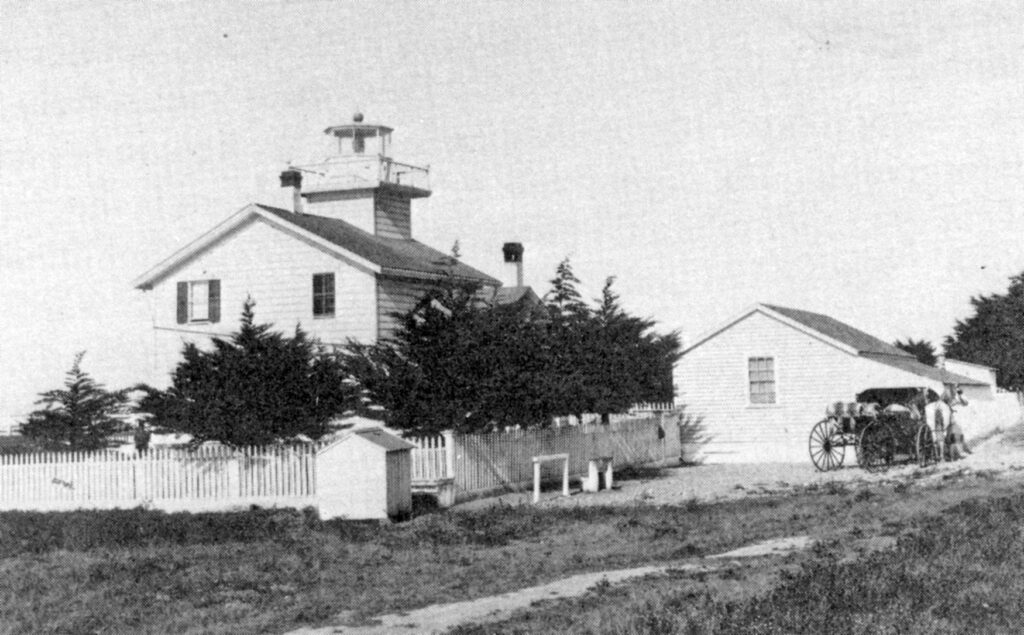
Captain Joshua K. Card here at Portsmouth Harbor Light, near the mouth of the mighty Piscataqua River. The local summer people have all left, but the weather has been beautiful lately. Today I want to tell you about a woman lighthouse keeper on the west coast who was a contemporary of mine. I never met her, but I certainly admired her.
The harbor of Santa Cruz, California, was bustling with activity in the 1850s, leading Congress to appropriate funds for a lighthouse at the entrance to the harbor. The light went into service on the last night of 1869, with a short, square, wooden tower on top of the keeper’s house. The first keeper was Adna Hecox, a Methodist minister and carpenter. He had arrived in California in 1847 after a harrowing wagon train journey with a group of pioneers. Hecox moved to the light station with his wife and five children, including a 15-year-old daughter, Laura. From the start, Laura helped her father trim the wicks in the lighthouse.
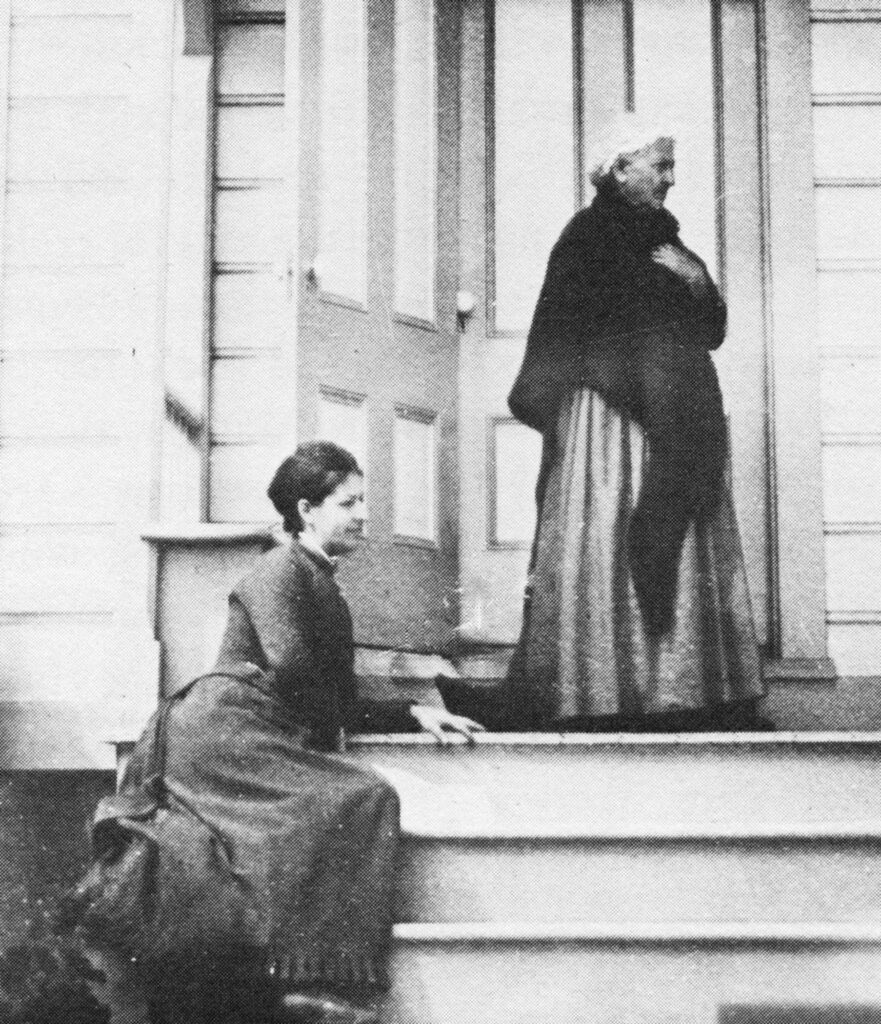
By the time her father died in 1883, Laura knew all there was to know about the proper running of the station, and she was named the new keeper.
Beginning in childhood, Laura collected shells, rocks and minerals, fossils, and other curiosities from the shore near the lighthouse. Before long, the front room of the six-room keeper’s dwelling became a makeshift natural history museum, with items displayed in cherrywood cases her father had built. Laura corresponded with prominent scientists and even had at least two species of mollusks named in her honor. Tourists flocked to the station and were treated with guided tours of the lighthouse museum provided by the keeper herself.
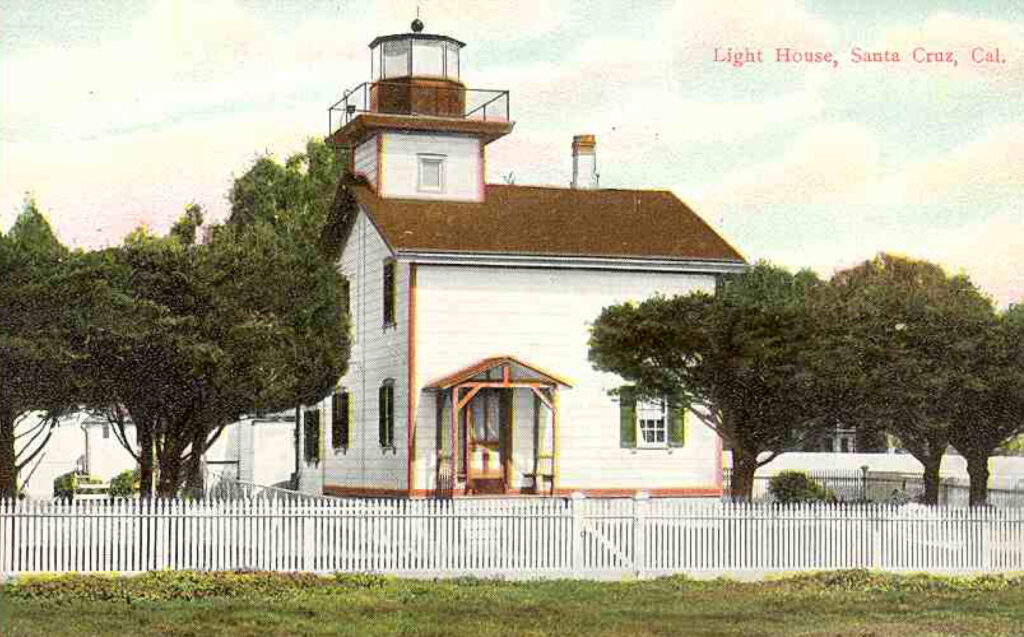
In 1904, Laura Hecox donated her prodigious collection of specimens and artifacts to the new Carnegie Library in Santa Cruz. The Hecox Museum opened in the library’s basement in the following year. The collection eventually became part of the Santa Cruz Museum of Natural History.
The light never failed once in Laura Hecox’s 33 years as keeper. One of the most memorable incidents of her career came when a devastating earthquake struck in the early morning of April 18, 1906. Laura’s sister, Alwida Organ, was standing on the lighthouse stairs, but was unhurt. The chimney of the light’s oil lamp was shattered, but Laura quickly had the light operating again.
After 47 years of life at the lighthouse, Laura Hecox retired in 1916 to a cottage near town. She died three years later. Arthur Anderson followed Hecox as keeper, and Coast Guard personnel eventually succeeded him in 1940. A skeleton tower replaced the lighthouse in 1941, and the old building was torn down for scrap in 1948.
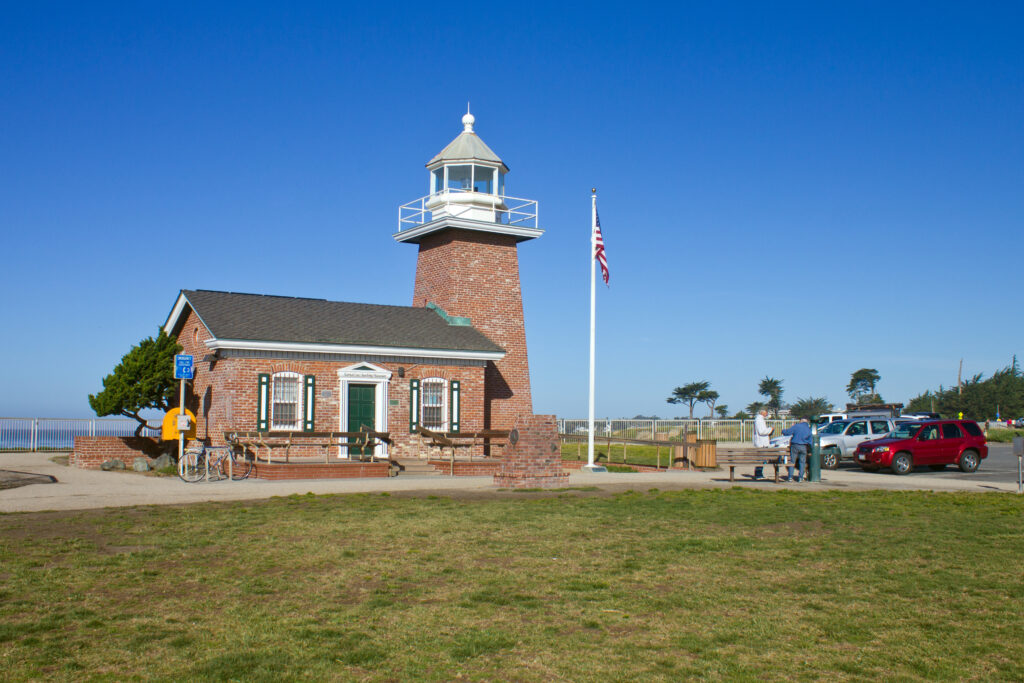
Excerpted from The Lighthouse Handbook: West Coast by Jeremy D’Entremont, published 2016 by Cider Mill Press and available from Amazon and other online booksellers.
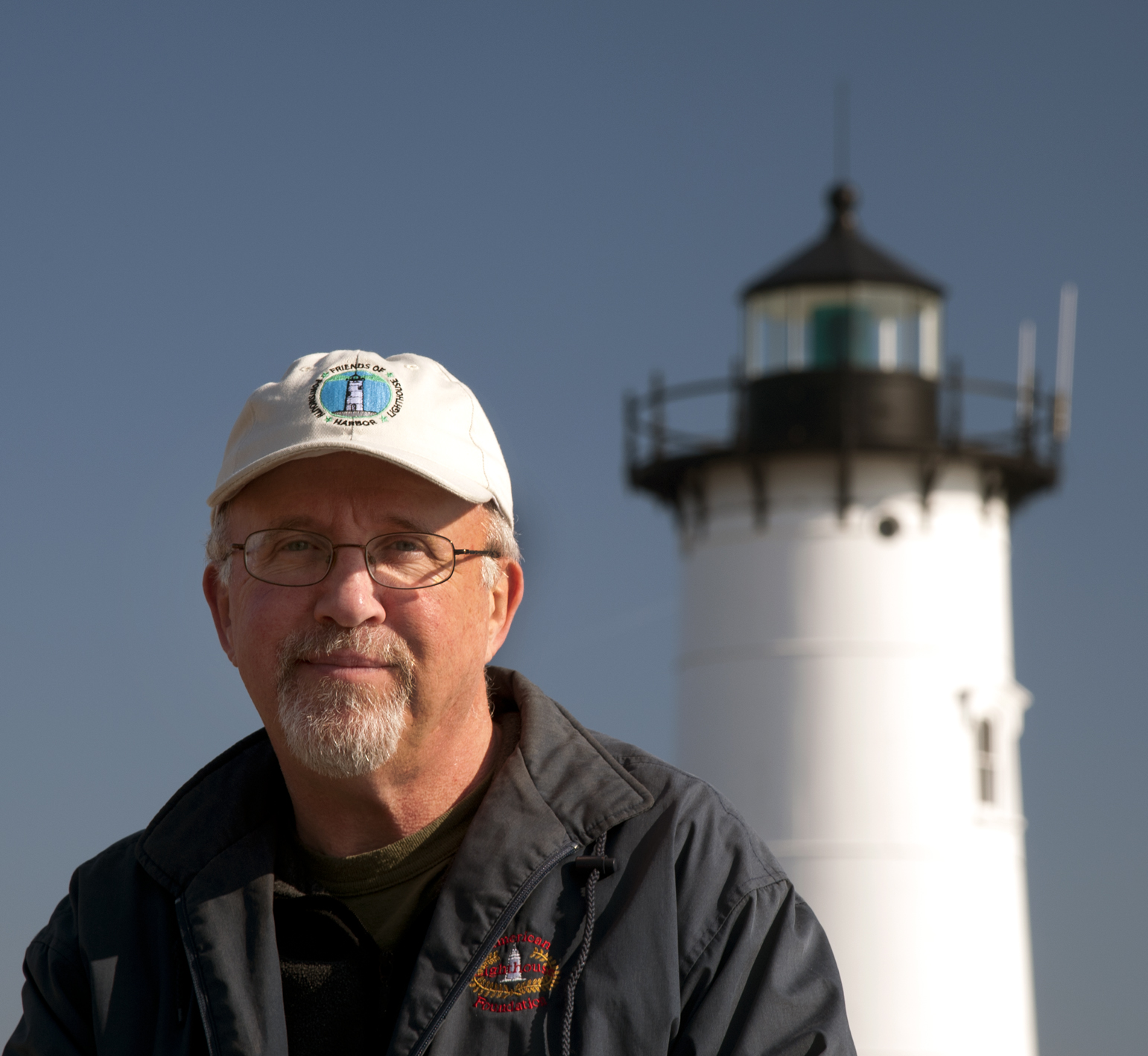
Jeremy D’Entremont is the author of more than 20 books and hundreds of articles on lighthouses and maritime history. He is the president and historian for the American Lighthouse Foundation and founder of Friends of Portsmouth Harbor Lighthouses, and he has lectured and narrated cruises throughout the Northeast and in other regions. He is also the producer and host of the U.S. Lighthouse Society podcast, “Light Hearted.” He can be emailed at Jeremy@uslhs.org

